Get exclusive updates about the gallery, latest art exhibitions, events and featured artists. Sign up to our newsletter!
Orange Project Building, Art District, Lopue’s Annex Building, Mandalagan Bacolod City, Philippines 6100
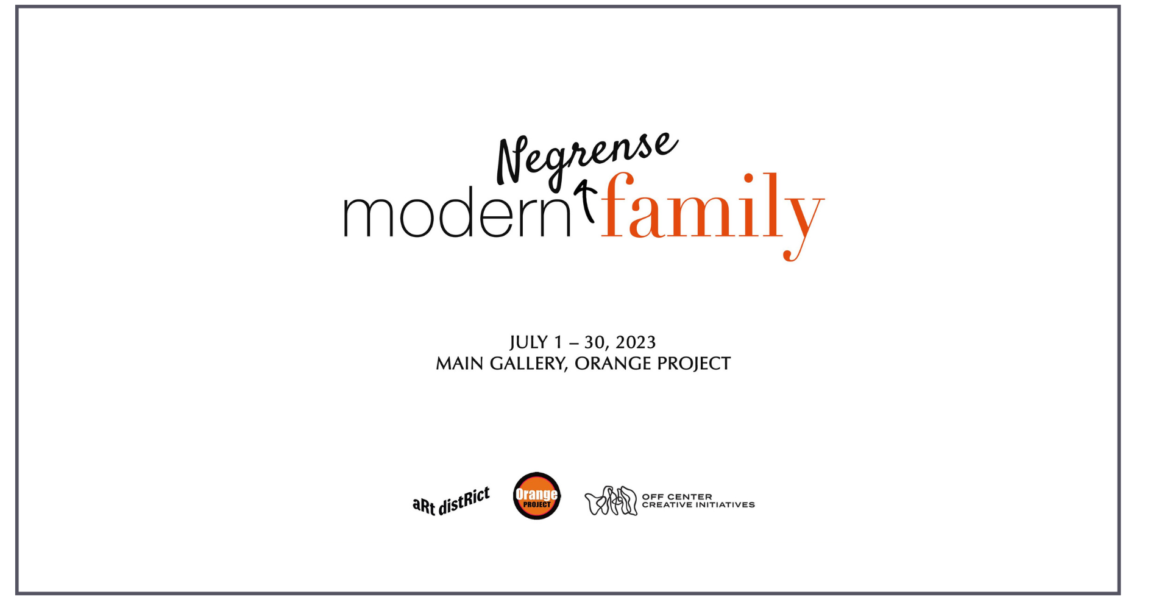
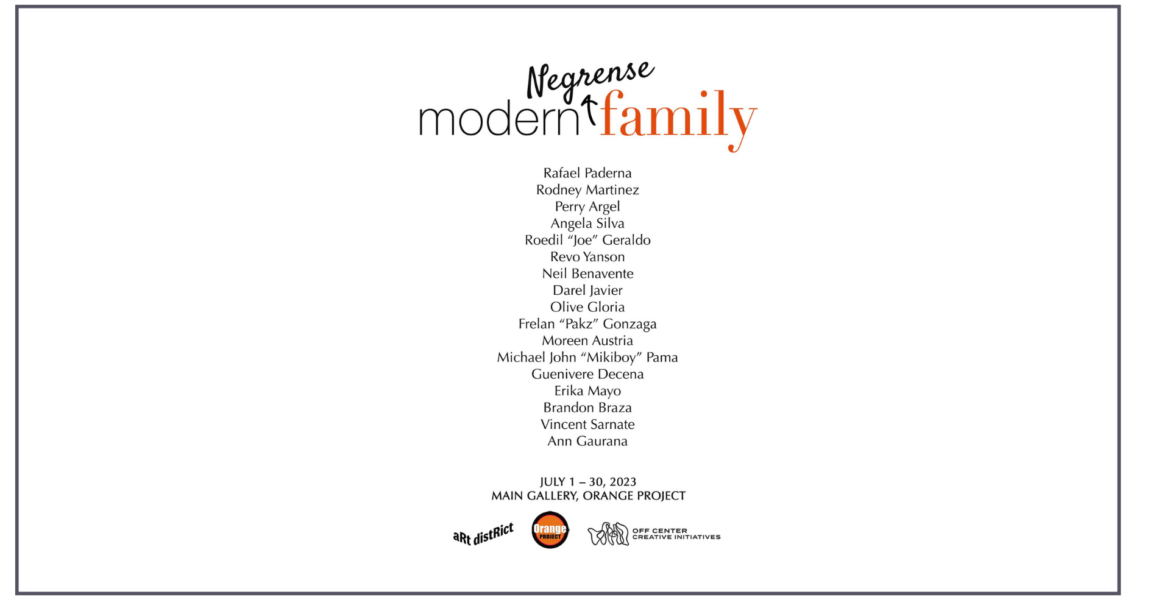
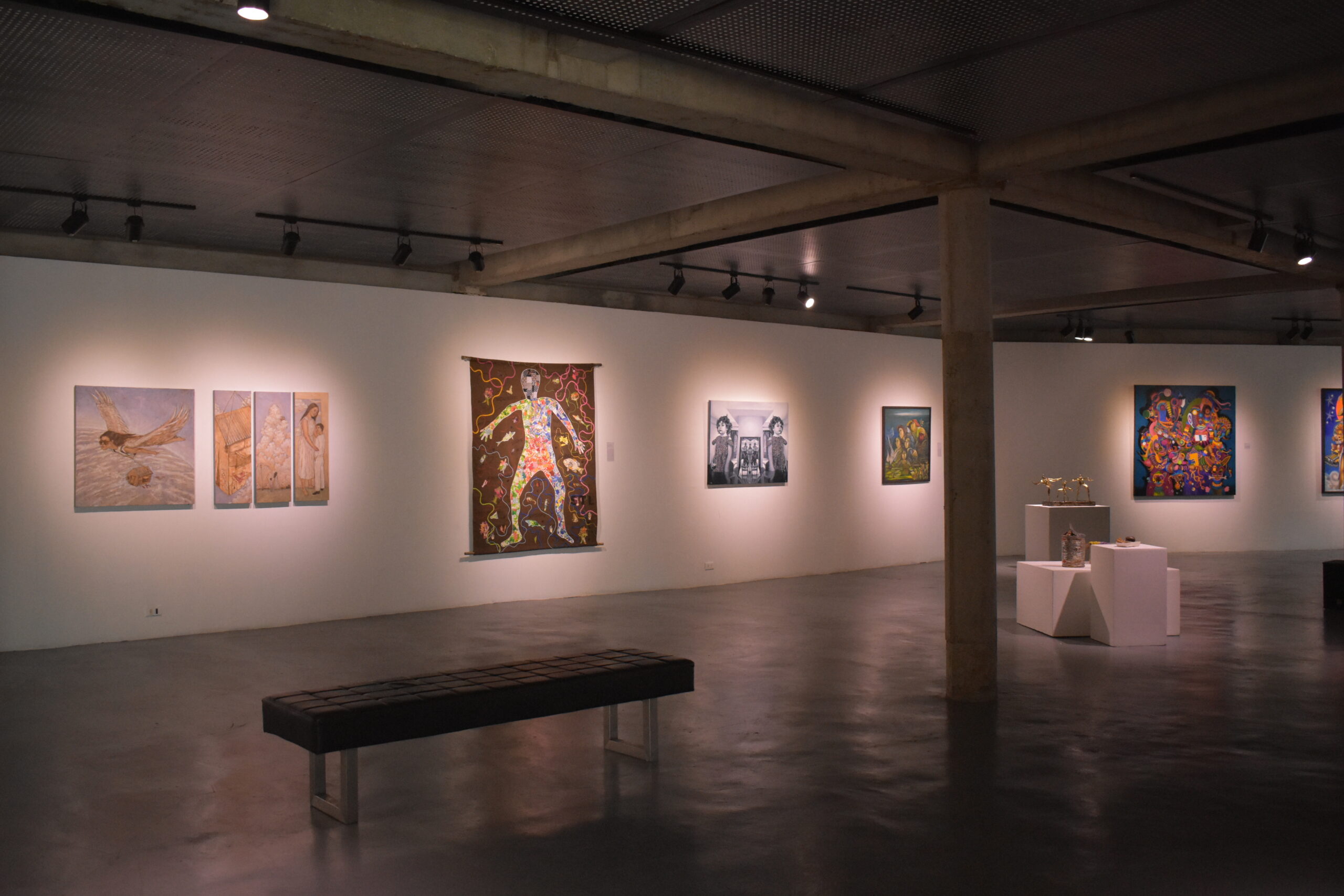
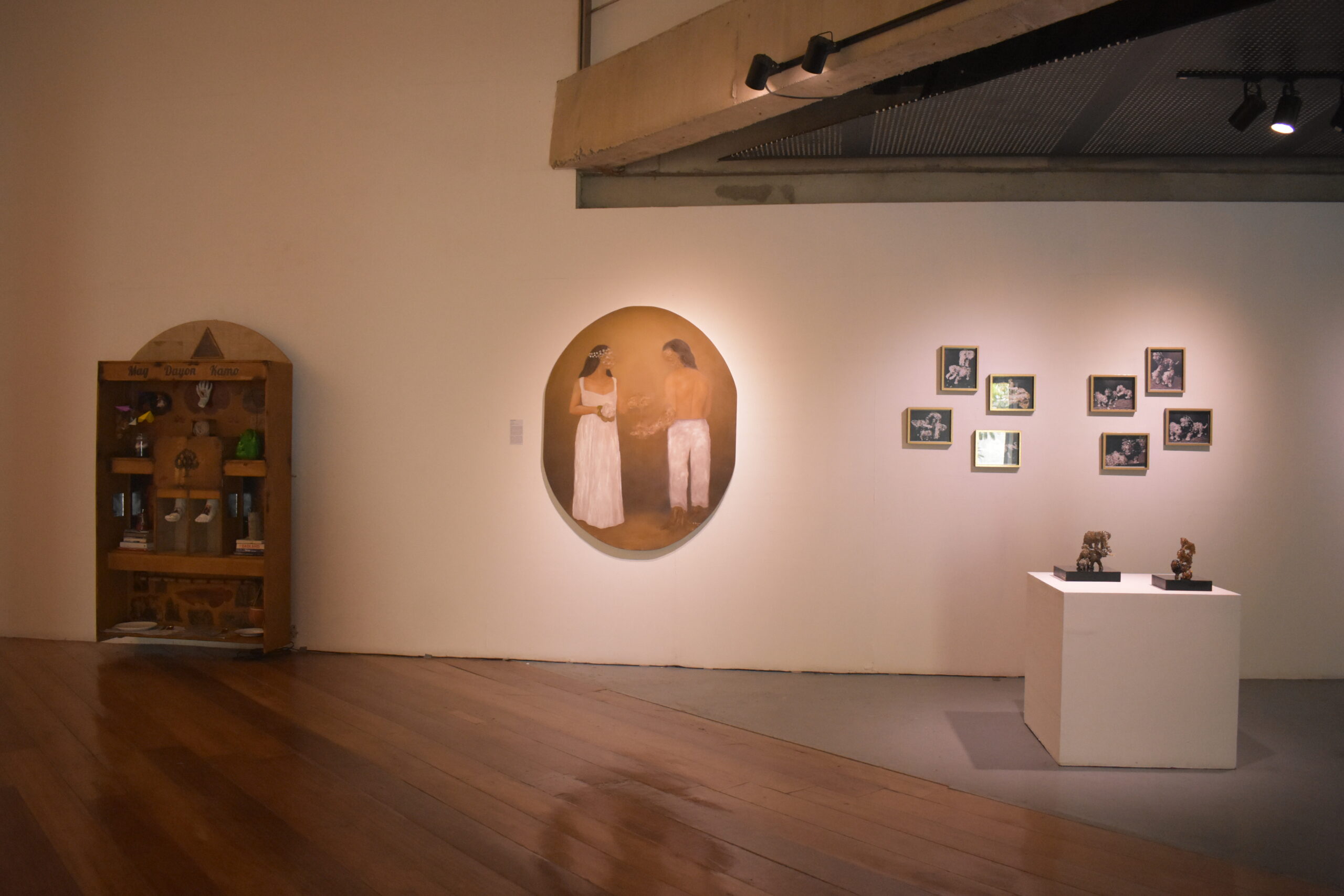
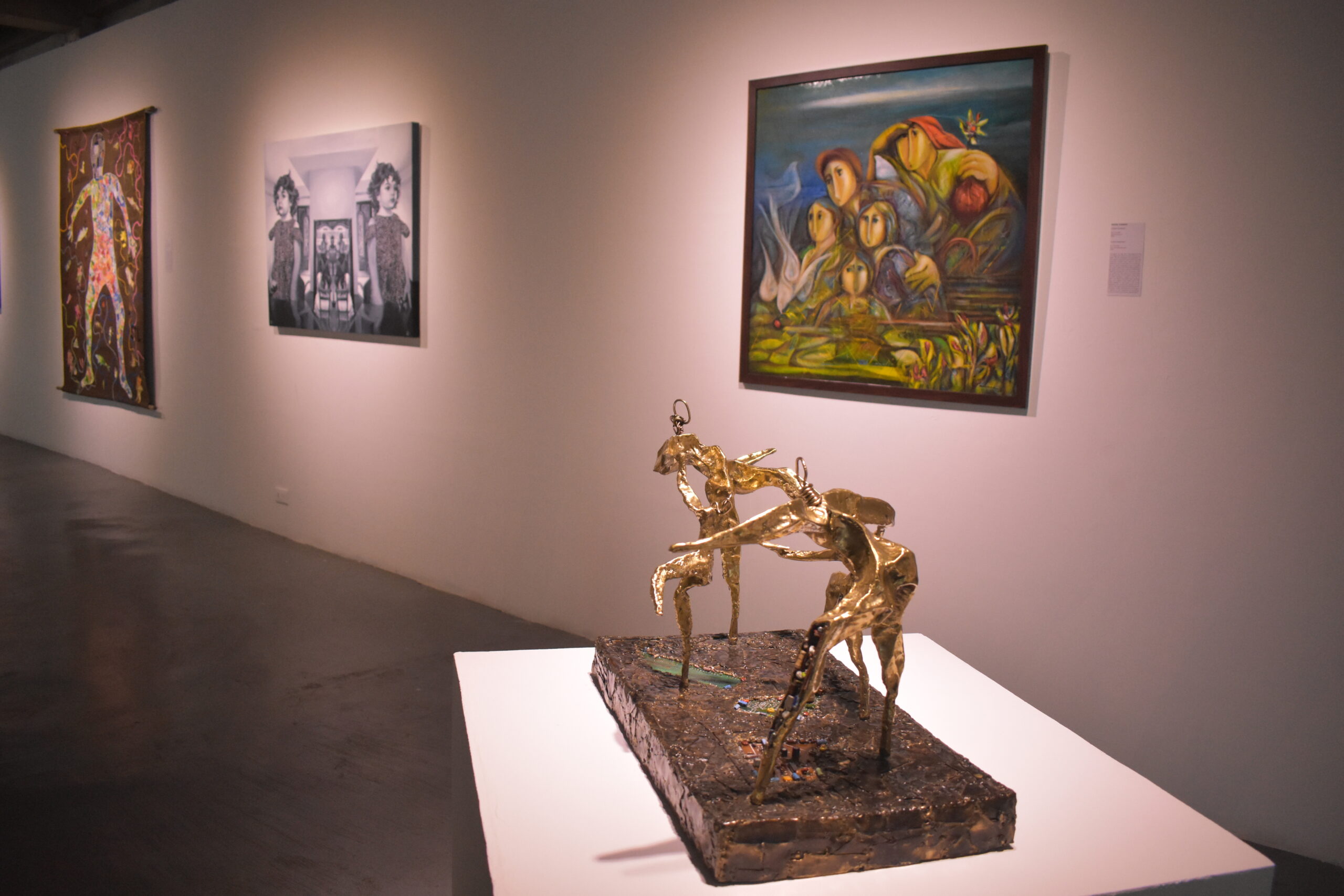
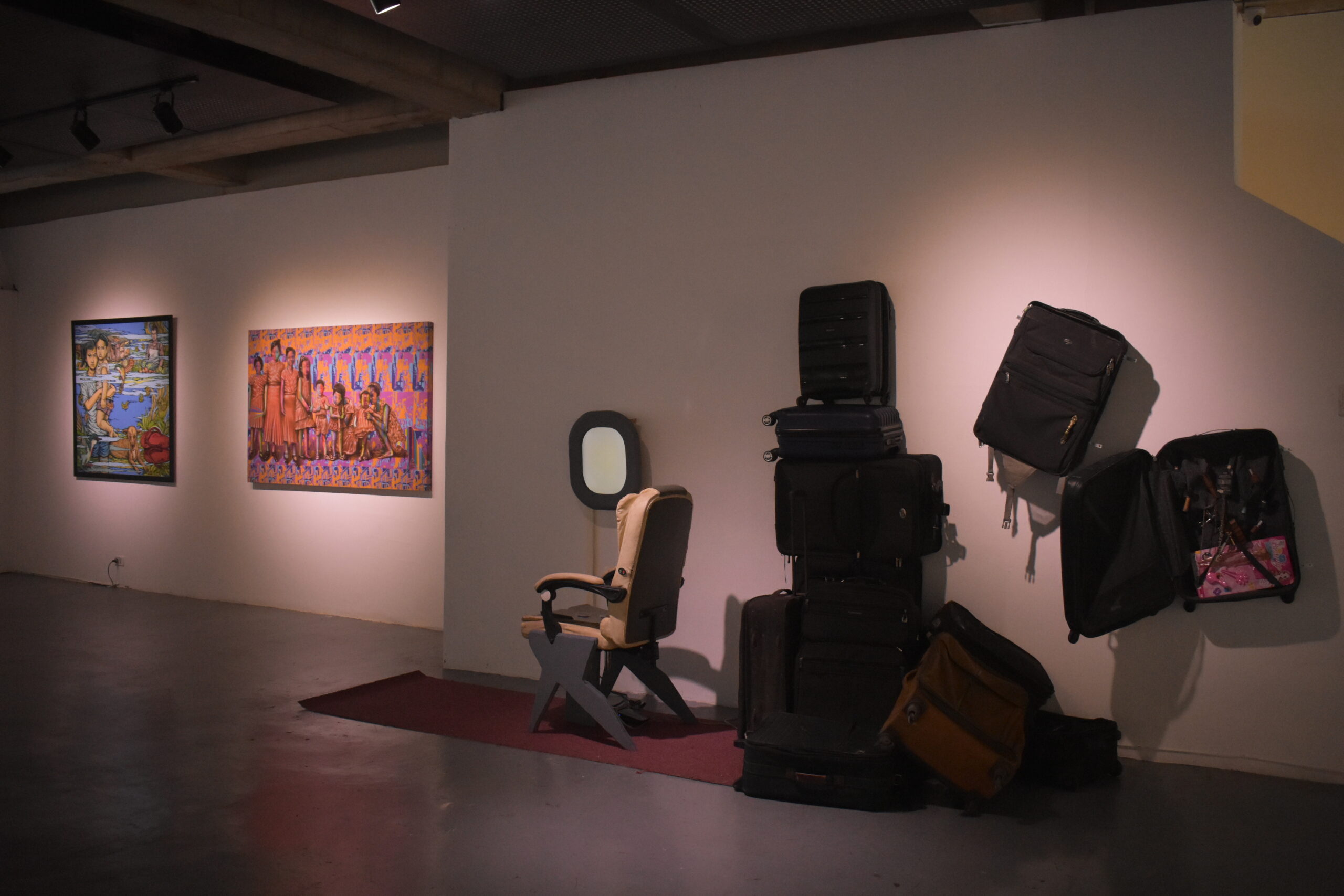
What constitutes a family in today’s times? Over the last generation or so, the nuclear unit of the family–father, mother, and their children–has both altered and remained the same, in concept and in composition. While clearly defined by law,1 society2 and the church,3 the notion of family has arguably changed beginning in the late 20th century, as people in many parts of the world live in unprecedented freedom–in mobility, work, education, lifestyle, ideas and, not least, technological and information access. Particularly for third-world countries such as the Philippines, whose majority population belongs to the lower to middle income categories, the makeup of the core family unit has become vulnerable to these factors, including the state-sponsored valorisation of the Overseas Filipino Worker (OFW) or bagong bayani as savior of the economy.4 As the University of the Philippines Population Institute has declared: “The Filipino family is in transition.”5
The exhibit MODERN NEGRENSE FAMILY aims to explore the nuances of the Filipino family’s “transitions” by focusing on the specificities of the southern province of Negros Occidental, the sixth most populous in the country. To do this, the exhibit has tapped seventeen local artists to respond to the question: what is the modern Negrense family?
With ages ranging from 20s to 80s, this diverse group of artists represents three generations of Negrense family life, holding up lenses of various strengths and transparencies from which to look critically at the state of families in their communities, without sparing their own. The resulting collection of paintings, sculptures, prints, photographs, mixed media works, and installations present affecting portraits of contemporary local family life, which point to sociological, psychological, and politico-economic issues that need unpacking and further understanding. Abandonment, separation, economic hardship, and pervasiveness of technology are some of the themes that overlap throughout the exhibition.
MODERN NEGRENSE FAMILY is not designed to be comprehensive and definitive in its representation, nor is it meant to be an occasion for artists, as well as viewers, to pass judgment on one another. This exhibition hopes to give voice to a diversity and plurality of perspectives and to engender a conversation that can be beneficial for all.
Georgina Luisa O. Jocson
Curator
1 Article 149, The Family Code of the Philippines (Executive Order No. 209), 1987
2 https://psa.gov.ph/content/family-2#:~:text=a%20group%20of%20persons%20usually,by%20blood%2 C%20marriage%20or%20adoption.
3 https://www.catholicculture.org/culture/library/dictionary/index.cfm?id=33517
4 Jean Encinas-Franco, “Overseas Filipino Workers (OFWs) as Heroes: Discursive Origins of the ‘Bagong Bayani’ in the Era of Labor Export” in Humanities Diliman, 12:2 (Diliman, Quezon City, Philippines: University of the Philippines, July – December, 2015), 56-78.
5https://www.rappler.com/newsbreak/in-depth/183683-modern-filipino-families-state-protection-welfare/
Get exclusive updates about the gallery, latest art exhibitions, events and featured artists. Sign up to our newsletter!
Orange Project Building, Art District, Lopue’s Annex Building, Mandalagan Bacolod City, Philippines 6100